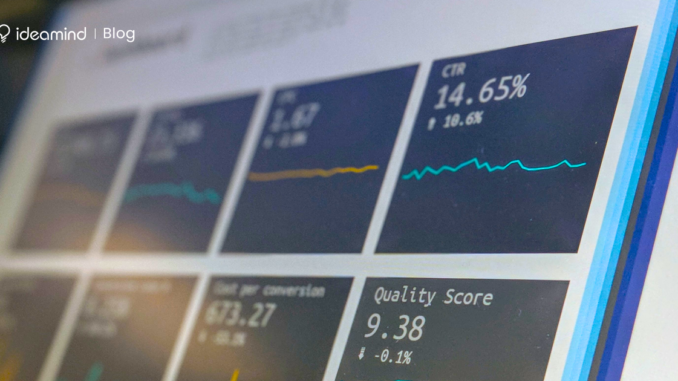
In the article, we’ll explore the various types of sentiment analysis in digital marketing and how they work. Sentiment analysis is a technique that’s used to determine how people feel about certain topics, brands, and in some cases whole countries. One of the most common ways sentiment analysis is used today is to measure whether or not customers are happy with customer service interactions on social media channels such as Twitter and Facebook.
In digital marketing, there are different types of sentiment analysis that can be used to understand how customers feel about a company, product, or service. Each type of sentiment analysis has its own strengths and weaknesses, so it’s important to choose the right one for the task at hand.
The most common types of sentiment analysis are text-based, social media-based, and web-based. Text-based sentiment analysis looks at a body of text and uses natural language processing algorithms to determine the overall sentiment of the text. Social media-based sentiment analysis relies on public posts made on social media platforms like Twitter and Facebook. Web-based sentiment analysis looks at online reviews and ratings to understand how people feel about a company or product.
Each type of sentiment analysis has its own advantages and disadvantages. Text-based sentiment analysis is very accurate but can be time-consuming to set up. Social media-based sentiment analysis is quick and easy to set up but can be less accurate than other methods. Web-based sentiment analysis is somewhere in between, offering moderate accuracy and ease of setup.
The best way to choose the right type of sentiment analysis for your needs is to experiment with different methods and see which one gives you the most accurate results.
The Five Types of Sentiment Analysis
1. Polarity Detection.
The first type of sentiment analysis is called polarity detection. This is where we simply look at a piece of text and classify it as positive, negative, or neutral.
2. Subjectivity Classification
The next type of sentiment analysis is called subjectivity classification. This is where we take a piece of text and classify it as subjective or objective.
3. Opinion Mining
The third type of sentiment analysis is called opinion mining. This is where we take a piece of text and try to extract the opinions within it.
4. Emotion Detection.
The fourth type of sentiment analysis is called emotion detection. This is where we take a piece of text and try to detect the emotions that are expressed within it.
5. Intensity Measurement.
The fifth and final type of sentiment analysis is called intensity measurement.
This is where we take a piece of text and try to measure how positive or negative it is.
How to Use Sentiment Analysis in Digital Marketing
In the digital age, understanding how customers feel about your brand is essential to success. And while there are many ways to measure customer sentiment, one of the most popular and effective methods is sentiment analysis. Sentiment analysis is a process of extracting emotions and opinions from text data. It’s often used in social media monitoring, customer service, and market research. And it can be a valuable tool for digital marketers.
There are different types of sentiment analysis, each with its own strengths and weaknesses. The three most common types are dictionary-based, rule-based, and machine learning-based sentiment analysis.
- Dictionary-based sentiment analysis relies on a predefined list of words and their associated emotional states (positive, negative, or neutral). This method is fast and simple but can be inaccurate because it doesn’t account for context.
- Rule-based sentiment analysis uses a set of rules or heuristics to identify emotions in text data. This method is more accurate than dictionary-based sentiment analysis but can be time-consuming to create and maintain.
- Machine learning-based sentiment analysis is the most advanced type of sentiment analysis. It uses algorithms to learn from data and identify patterns in emotions and opinions. This method is accurate but requires a large amount of training data.
Digital marketers can use sentiment analysis to track how customers feel about their brand, product, or service over time. Sentiment analysis can also be used to monitor
In conclusion, sentiment analysis is a powerful tool that can be used in digital marketing to understand how customers feel about a brand or product. Sentiment analysis can be used to track customer sentiment over time, identify negative sentiment early on, and even target specific demographics with positive sentiment. While there are different types of sentiment analysis, all of them serve the same purpose: to give businesses valuable insights into how their customers feel.
The post The Different Types Of Sentiment Analysis In Digital Marketing (And How They Work) appeared first on Ideamind : Helping Your Business Grow through Online Marketing.

Leave a Reply